Davis Mountains State Park, Fort Davis, Texas
A friend loves at all times, and a brother is born for adversity. ~ Proverbs 17:17
Another lovely day, including rising temperatures into the low 60s. Not much of a breeze either, so we were comfortable.
We started our day at 11am with a very short drive over to Fort Davis National Historic Site. Here’s what the Park brochure has to say about it, and then we’ll get into what we experienced there.
A key post in the defense system of west Texas, Fort Davis played a major role in the history of the Southwest. From 1854 until 1891, troops stationed at the post protected emigrants, freighters, mail coaches, and travelers on the San Antonio-El Paso Road. Today Fort Davis is one of the best remaining examples of a frontier military post. It is a vivid reminder of the significant role played by the military in the settlement and development of the western frontier.
The fort was established on the eastern side of the Davis Mountains, in a box canyon near Limpia Creek, where wood, water, and grass were plentiful. It consisted of primitive structures and was located behind the present-day Officers’ Row. (The foundations of several buildings from this earlier fort can still be seen today.) Named after Secretary of War Jefferson Davis (later President of the Confederacy), the fort was first garrisoned by Lt. Col. Washington Seawell and six companies of the Eighth US Infantry. From 1854 to 1861, troops of the Eighth Infantry spent much of their time in the field pursuing Comanches, Kiowas, and Apaches who attacked travelers and mail stations. With the onset of the Civil War and Texas’s secession from the Union, the federal government evacuated Fort Davis. The fort was occupied by Confederate troops from spring 1861 until the summer of 1862 when Union forces again took possession. They quickly abandoned the post, and Fort Davis lay deserted for the next five years.
Few of the fort’s structures remained when Lt. Col. Wesley Merritt and four companies of the newly organized Ninth US Calvary reoccupied Fort Davis in June 1867. The building of a new post, just east of the original site, began immediately. By the end of 1869, a number of officers’ quarters, two enlisted men’s barracks, a guardhouse, temporary hospital, and storehouses had been erected. Construction continued through the 1880s. by the Fort Davis had become a major installation with over 100 structures and quarters for over 400 soldiers.
Fort Davis’s primary role of safeguarding the west Texas frontier against the Comanches and Apaches continued until 1881. Although the Comanches were defeated in the mid-1870s, the Apaches continued to make travel on the San Antonio-El Paso Road dangerous. Soldiers from the post regularly patrolled the road and furnished escorts for wagon trains and coaches. The last major military campaign involving troops from Fort Davis occurred in 1880. In a series of engagements, units from Fort Davis and other posts, under the command of Col. Benjamin Grierson, forced the Apaches and their leader Victorio into Mexico. There he and most of his followers were killed by Mexican soldiers.
With the end of the Indian Wars in west Texas, garrison life at Fort Davis became more routine. Soldiers occasionally escorted railroad survey parties, repaired roads and telegraph lines, and pursued bandits. In June 1891, as a result of the army’s efforts to consolidate its frontier garrisons, Fort Davis was ordered abandoned, having “outlived its usefulness.”
In other news, following the end of the Civil War in 1865, In July 1866, Congress passed an act to increase the size of the regular Army. The act stipulated that of the new regiments created, two cavalry and four infantry units “shall be composed of colored men.” In 1869 the four black infantry units were consolidated in two regiments. Troops of the Twenty-fourth and Twenty-fifth Infantry regiments along with the Ninth and Tenth Cavalry regiments served on the southwestern frontier. Some historians think Indians named these troops “Buffalo Soldiers,” comparing their hair to hair in the top of the buffalo’s head and finding them worthy adversaries.
Before I forget, as we walked around the grounds, we kept hearing various music, bugle calls, wagon wheel on gravel sounds, etc. We finally figured out that it was sound effects being played over loud speakers in order to give visitors more of a sense of what life was like here. Very cool!



We began our tour watching a video about the history of the fort, we had the opportunity to listen to a very famous (and extremely surprising) person narrate! See if you can figure out who it is. I’ll give you a hint – Blaine and Brad knew right away. I’ll tell you at the end of the post, so you can see if you got it right. 😊

I apologize for not capturing the most flattering picture of him, but it was a video after all. : )
Okay. Let’s tour! We covered the museum first, and then went outside.

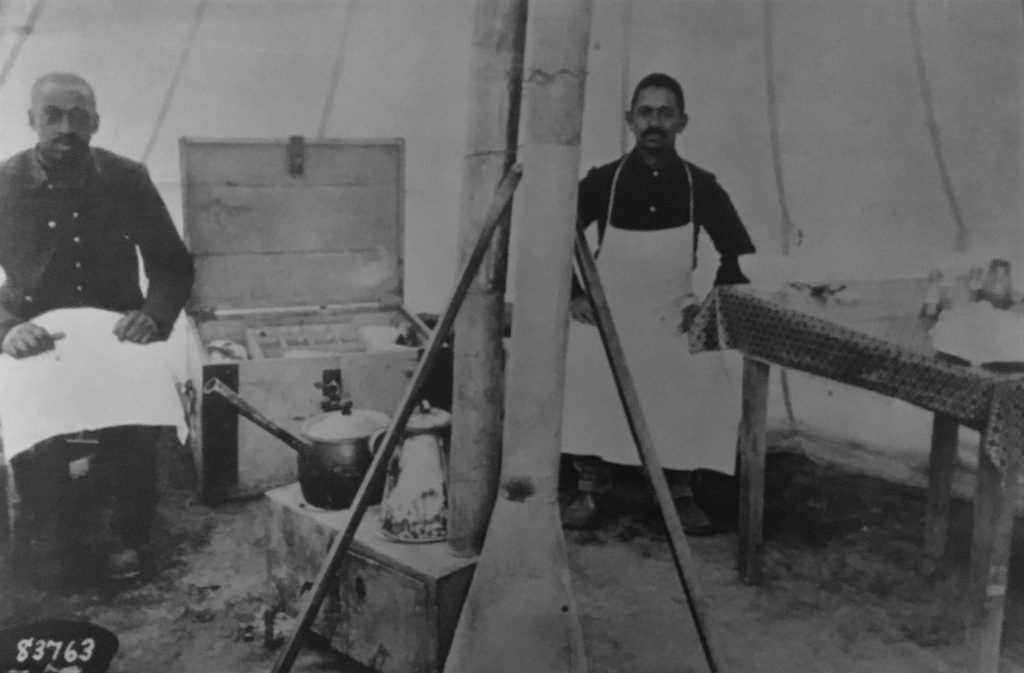






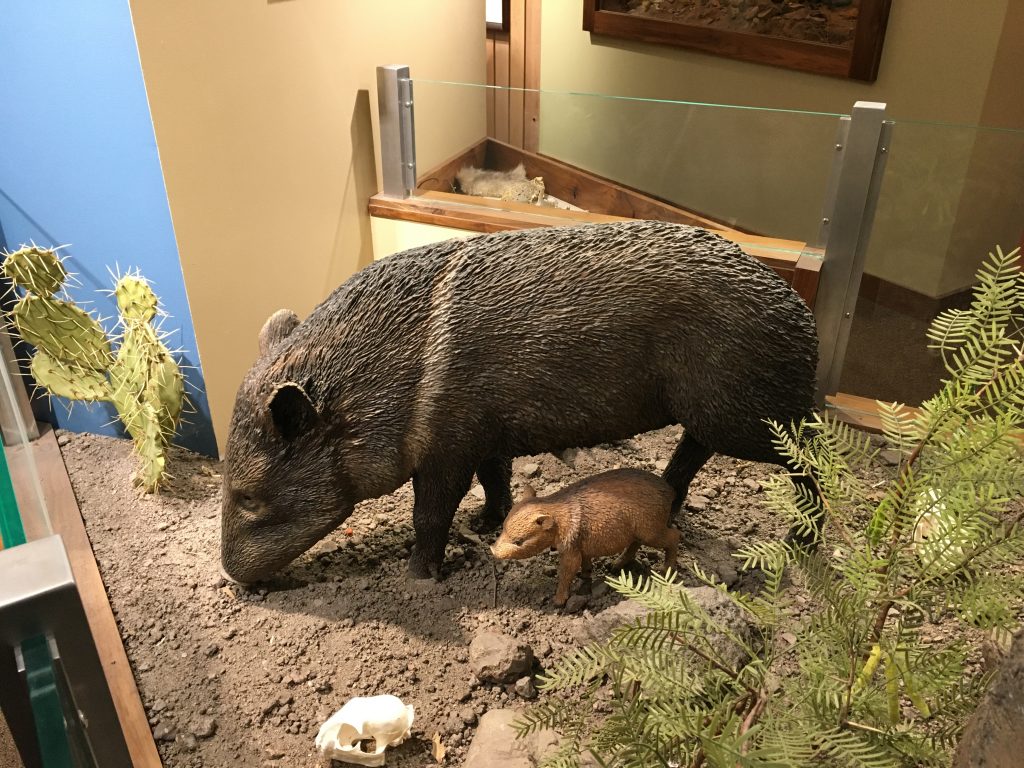

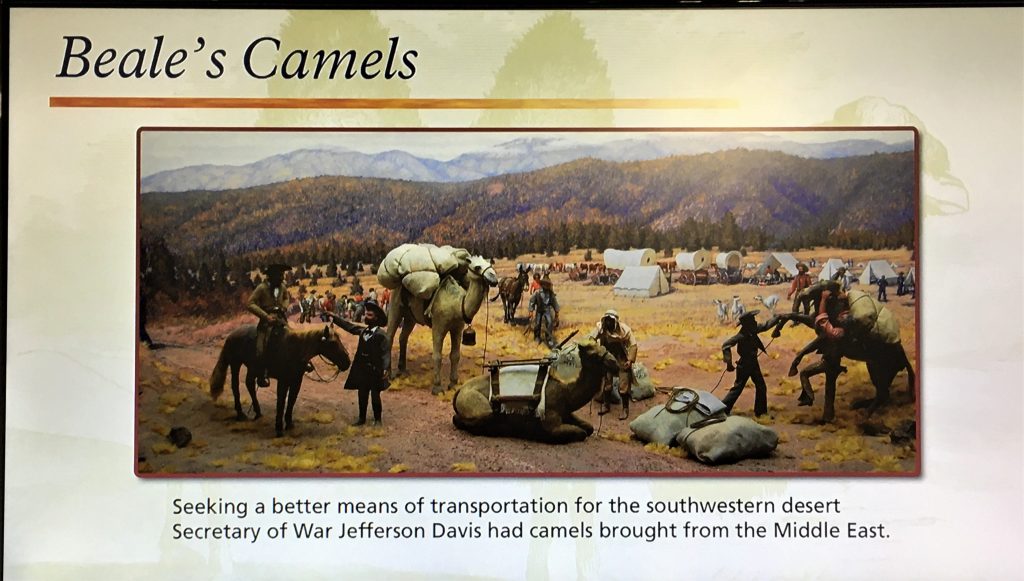

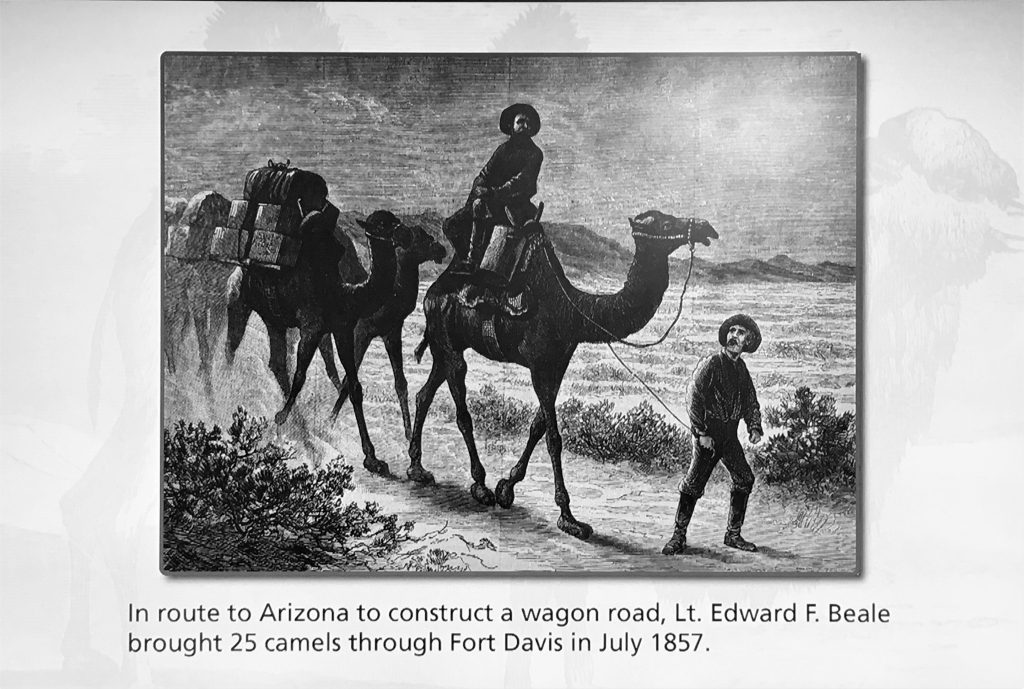










At least in the bakery!

And I look more like a lumberjack than a soldier, but all the costumes were too small for me. : )





it was the lighting in the museum.



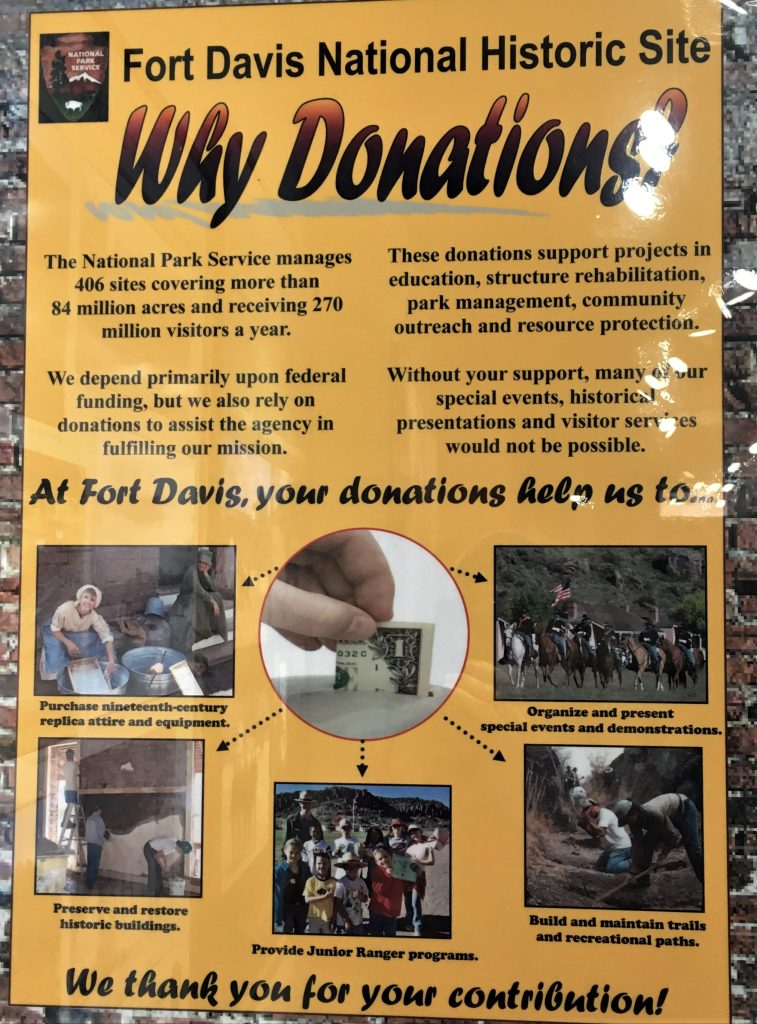




they’ve chosen to leave numerous pottery pieces and glass laying about on the ground.

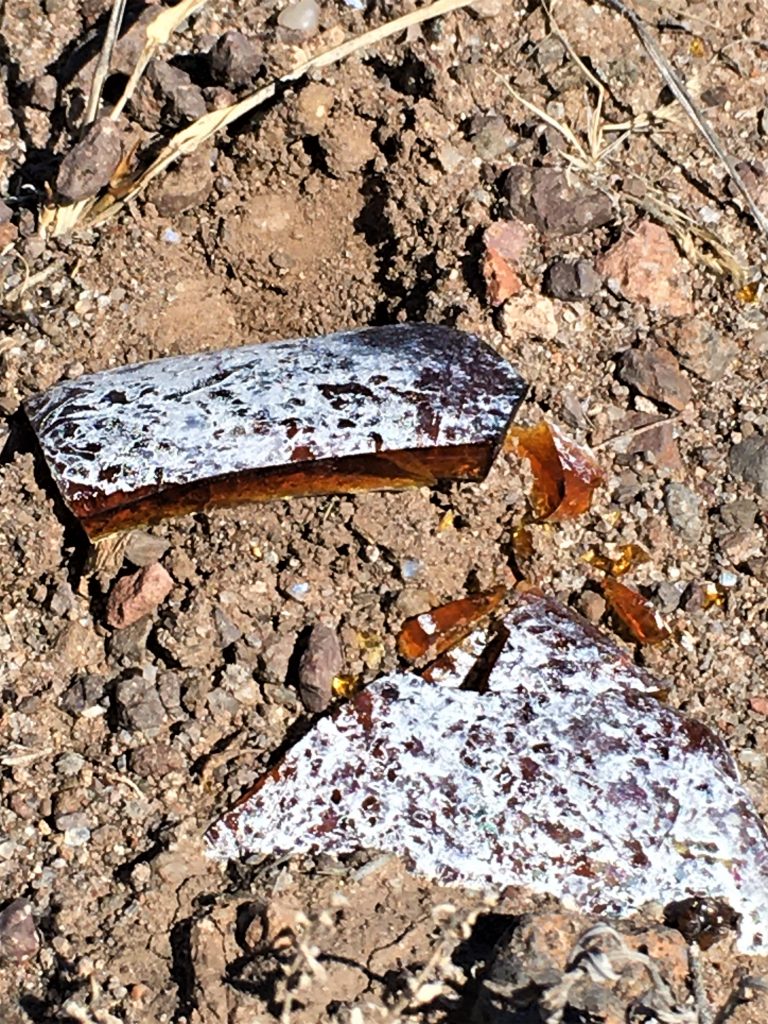

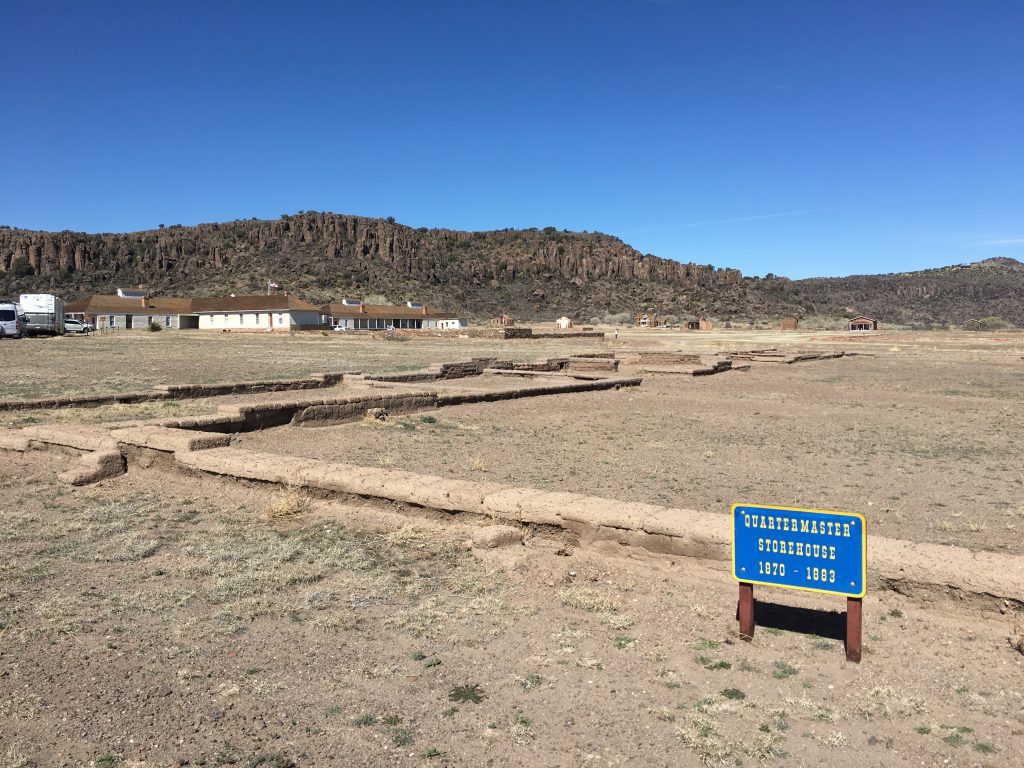


He learned this whilst spending time with his grandfather.


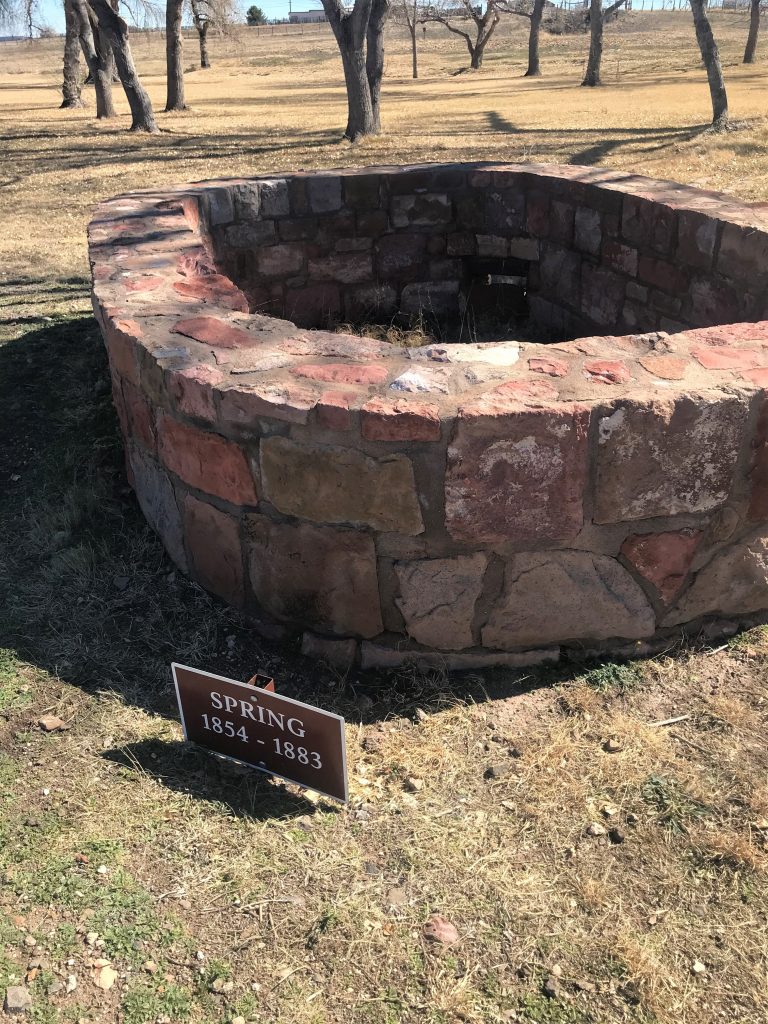





They totally ignored me though. : (
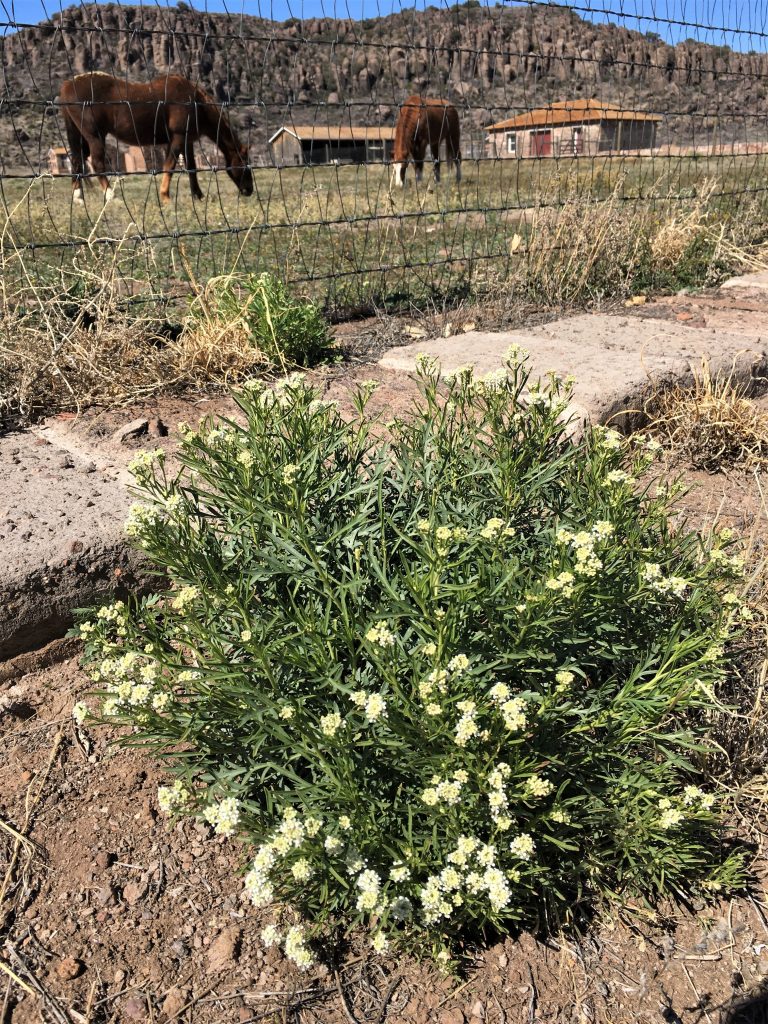








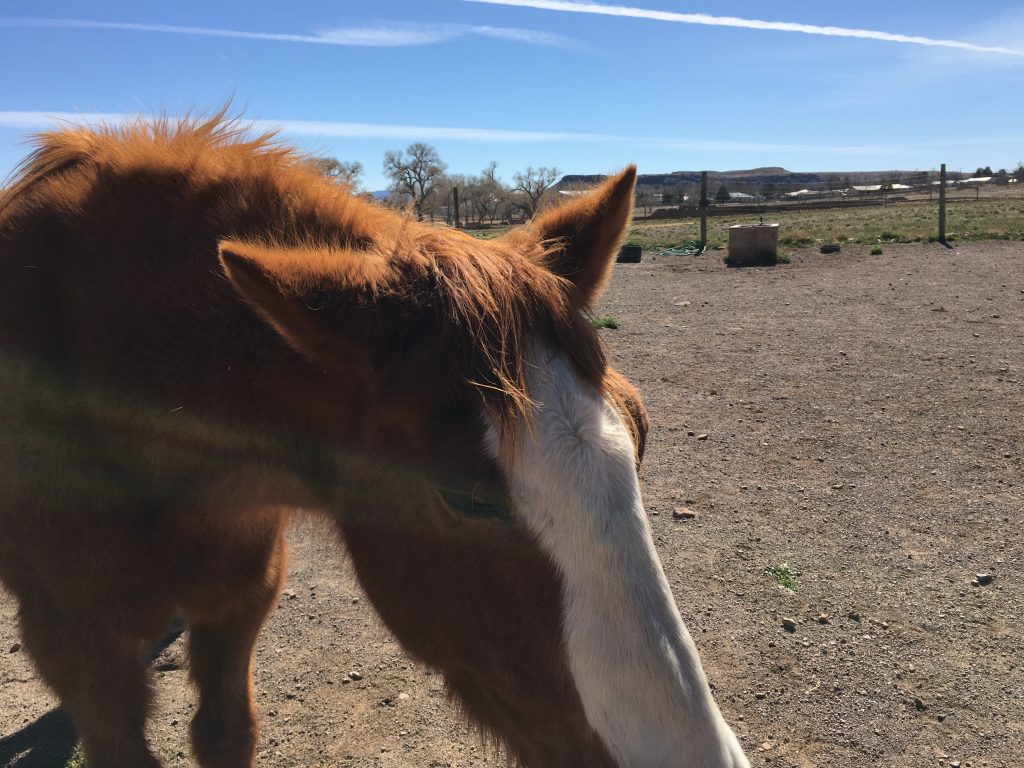
But that changed abruptly when it became obvious that I wasn’t going to open the gate.
He made an about-face and off he went.
Did you catch the intentional military reference? : )

We’ll go in a just a second.




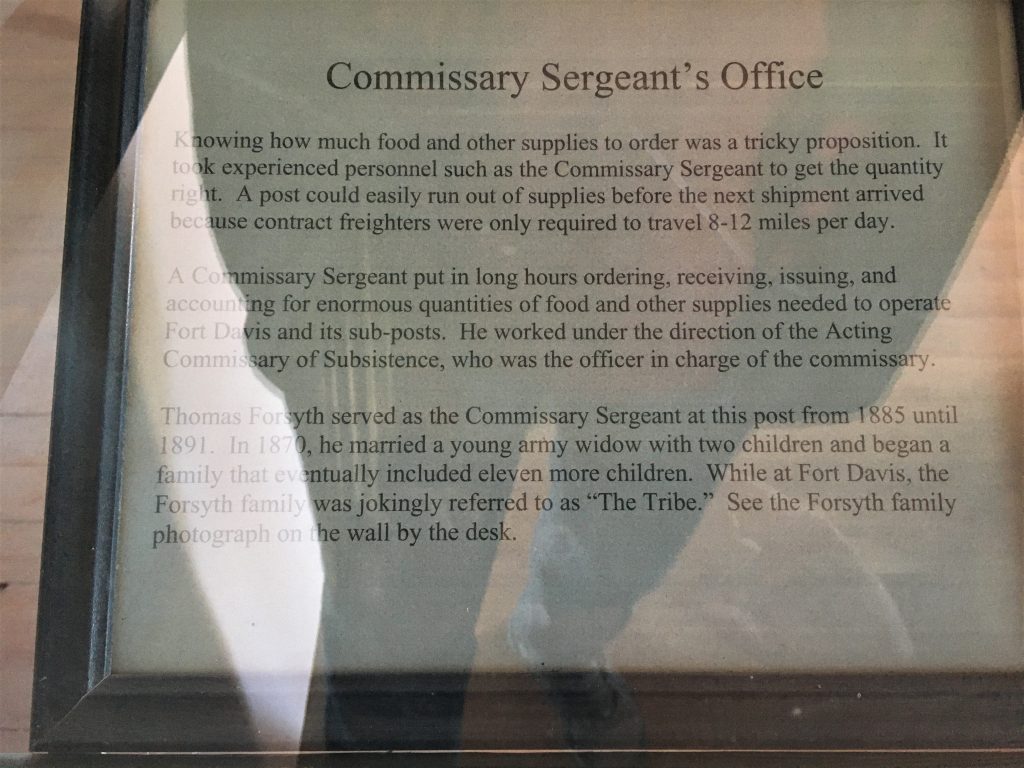














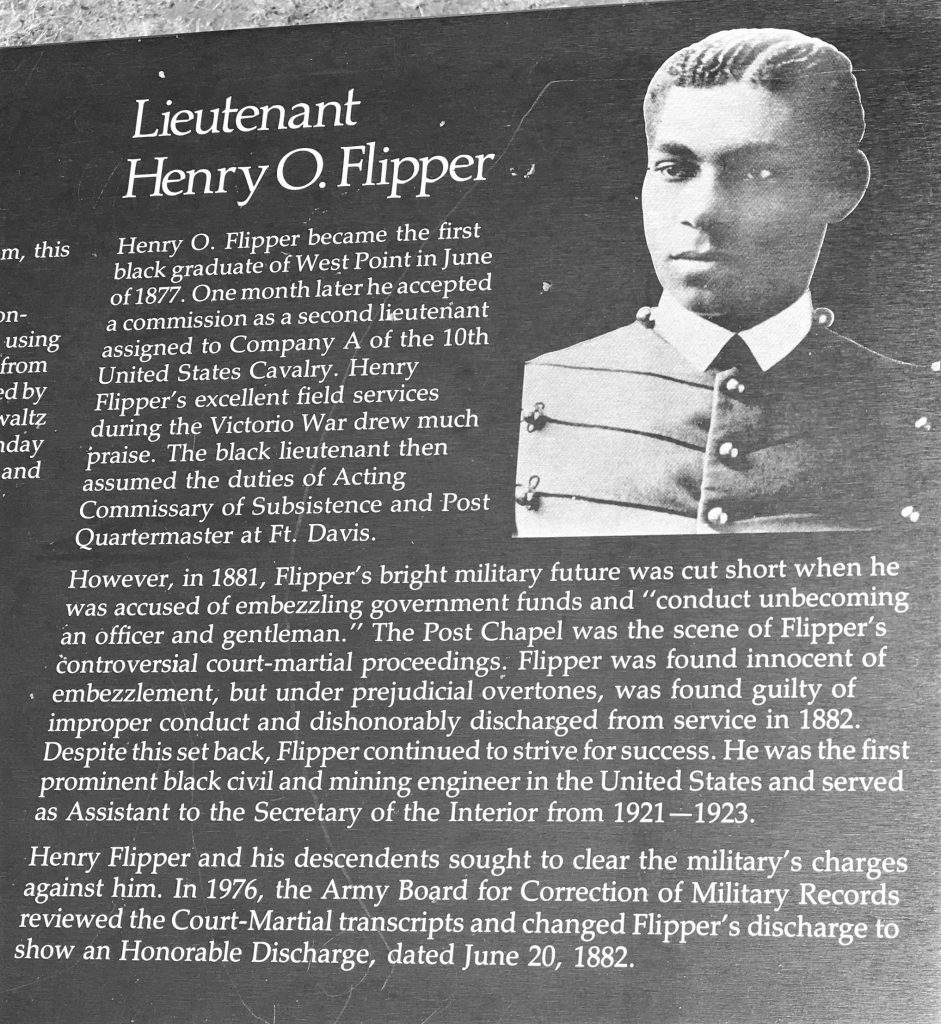






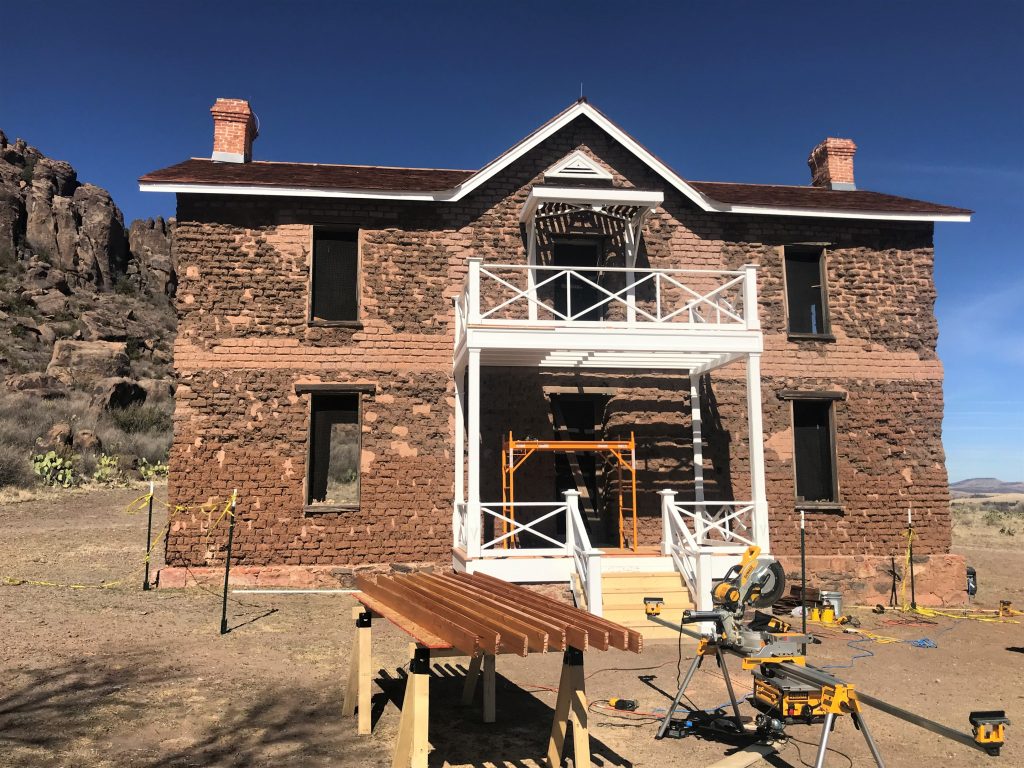
They said each board cost $43!
Because they have to be custom made to the size
that was used during the time the house was originally built.





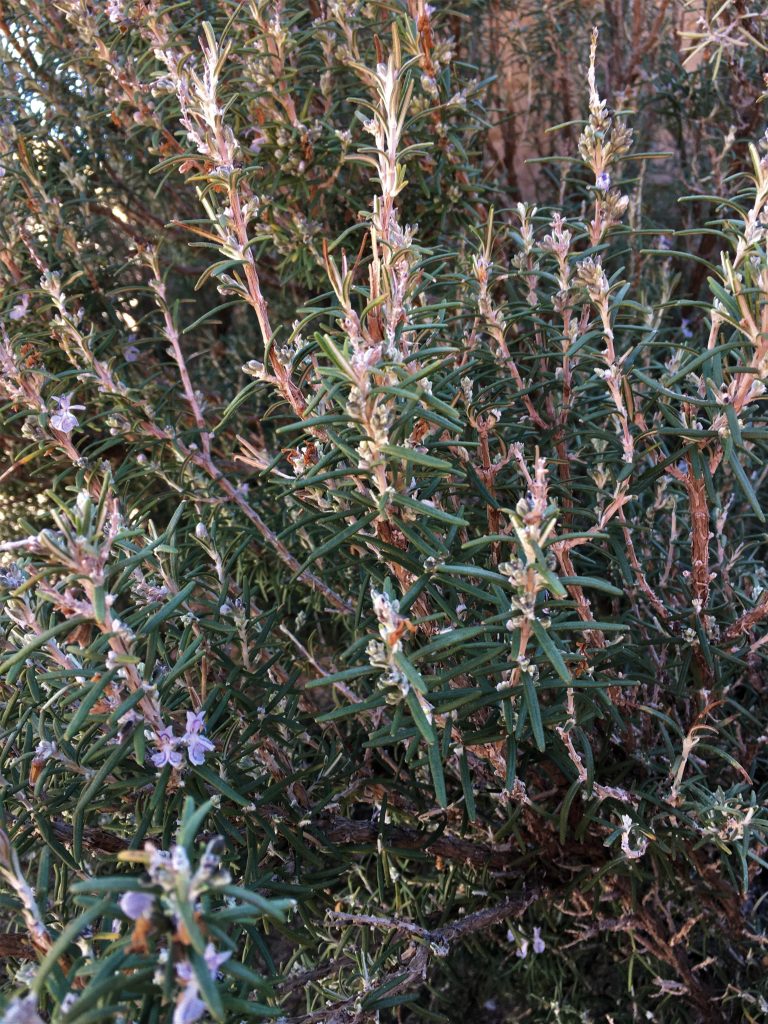













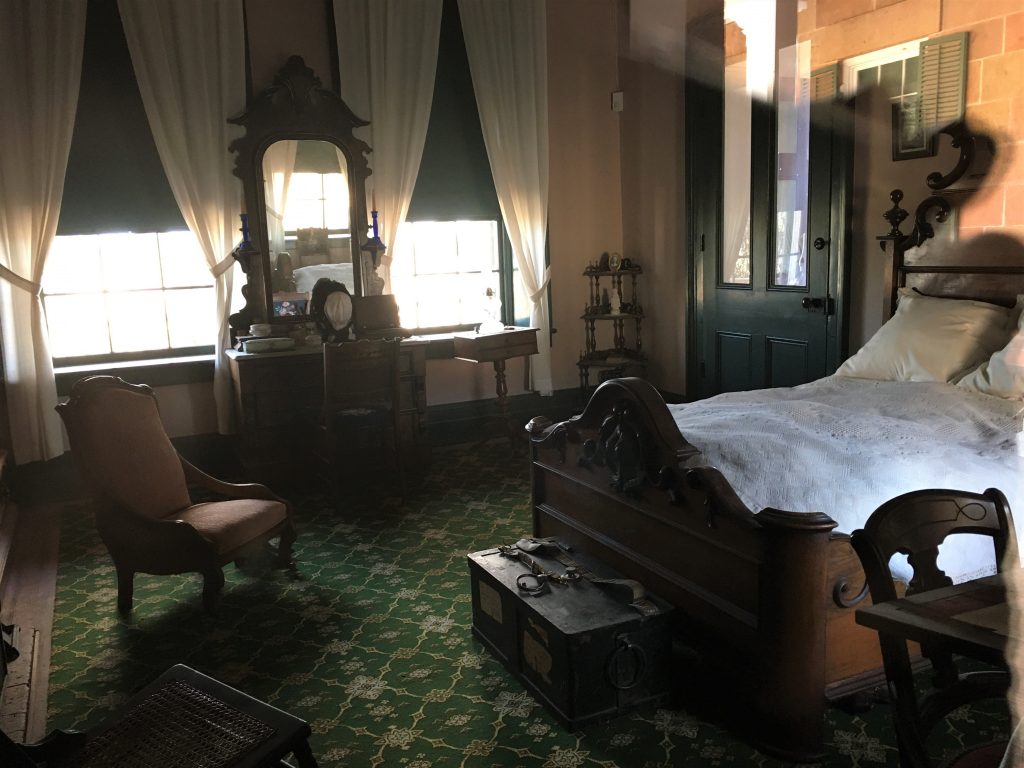












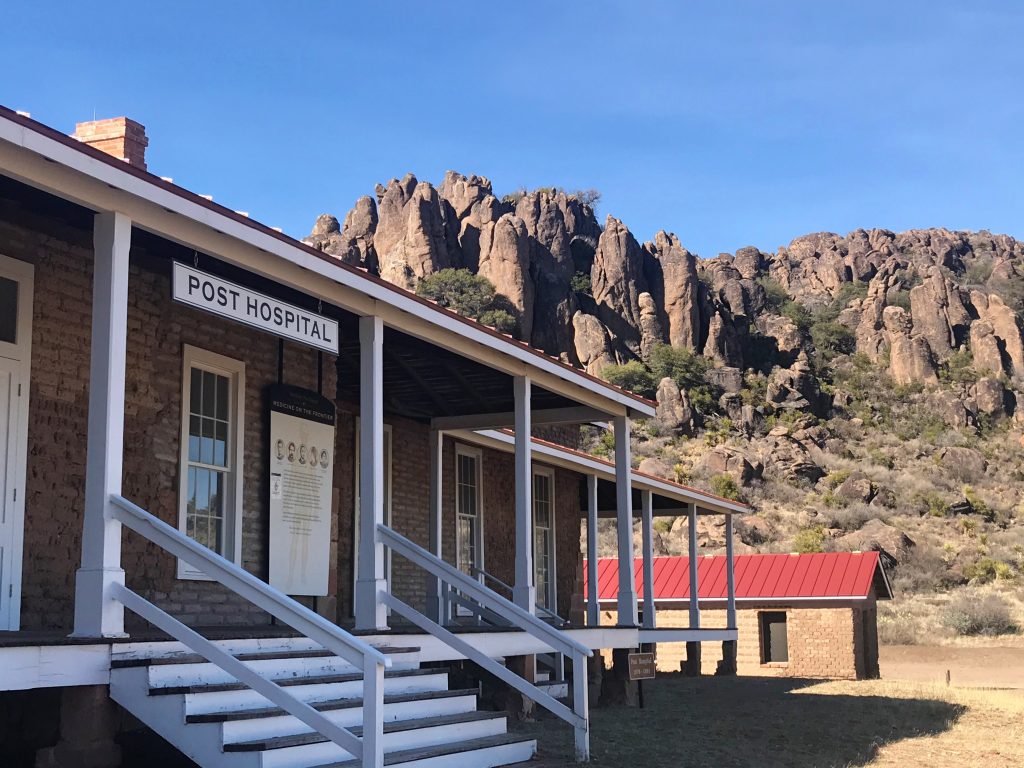

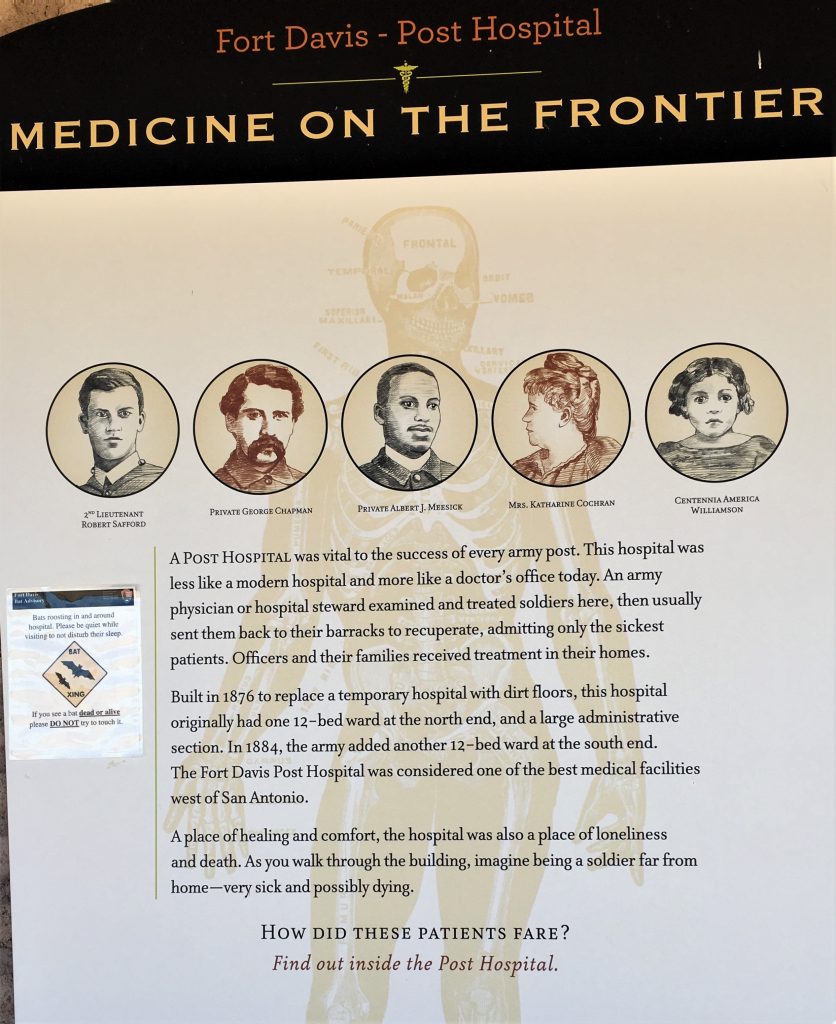















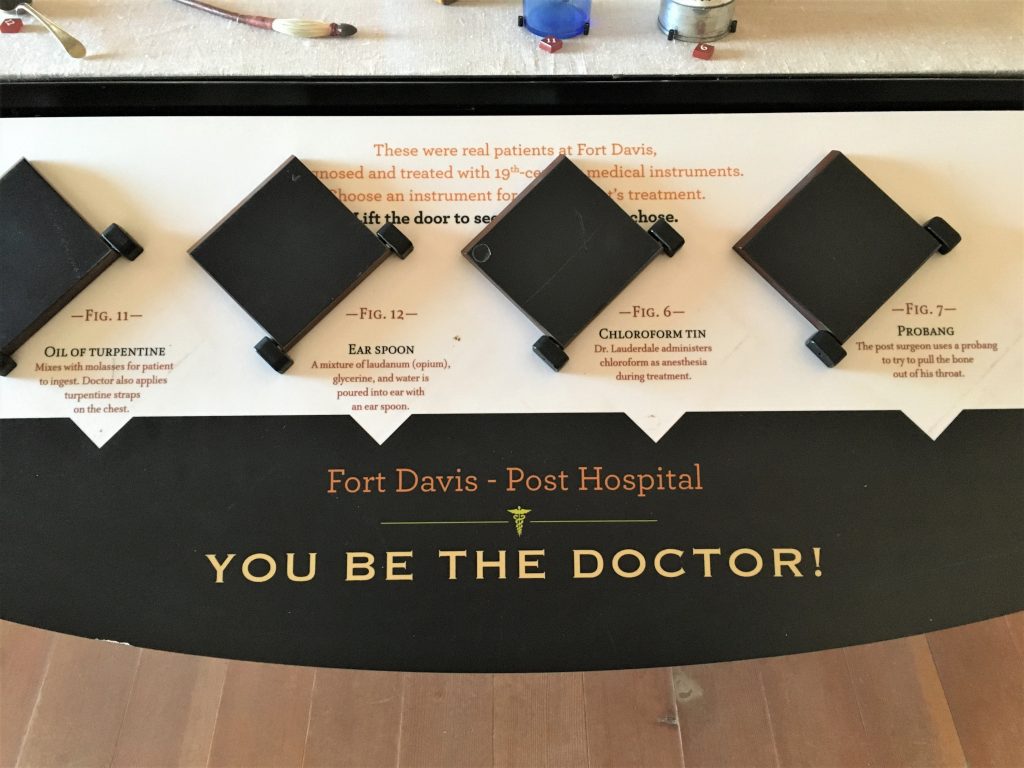






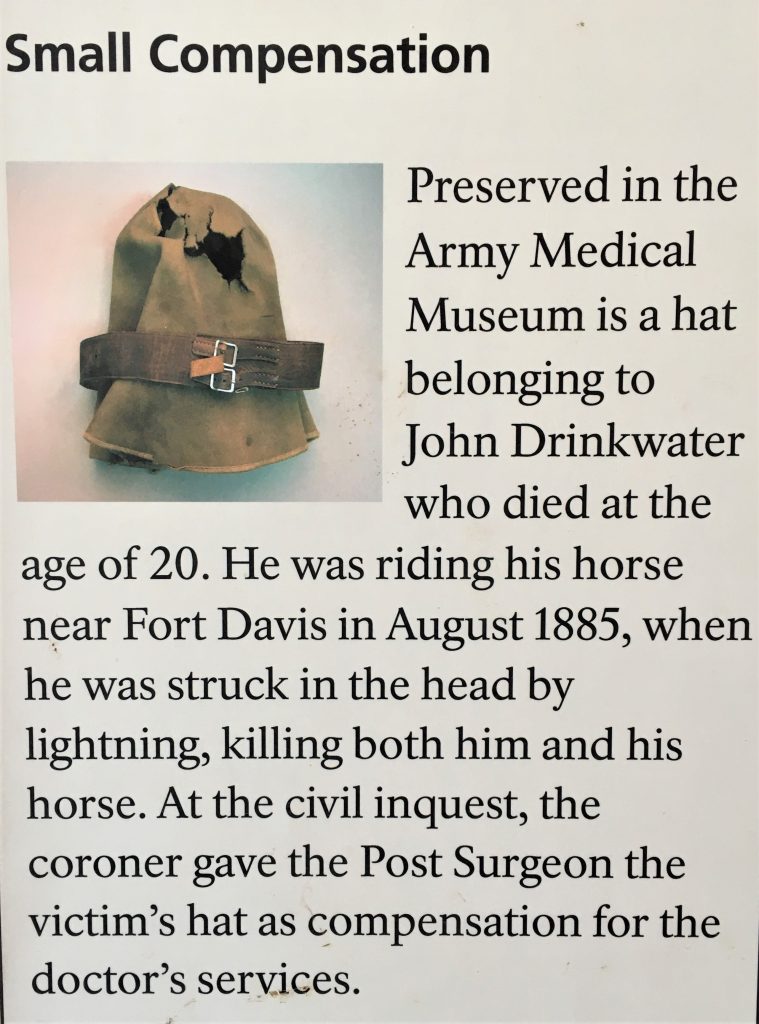

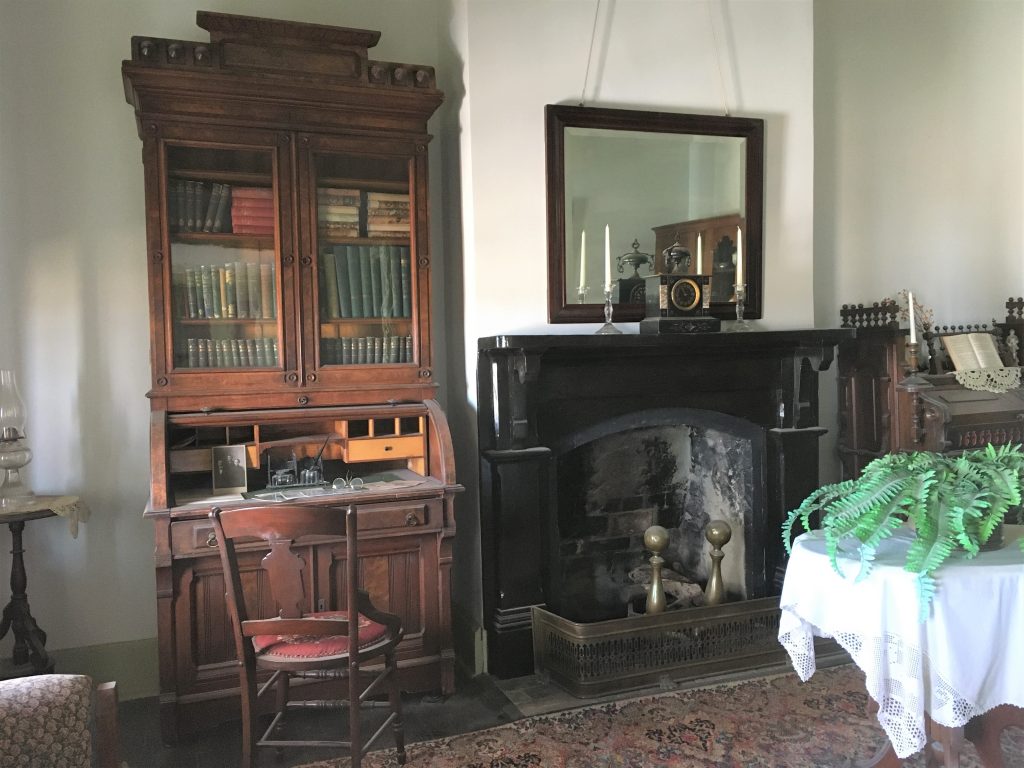





It was another wonderful day! Dinner was at our place. We served our “Cuban” meal – pork loin, potatoes and salad. I’ve included the recipes before, but I’ll put them in again.
Oh! And Happy Valentine’s Day! They had some silly puns up at the Visitor Center where the museum was located, and we got silly pictures from our youngest grandkids today, thanking us for the cards we sent. 😊
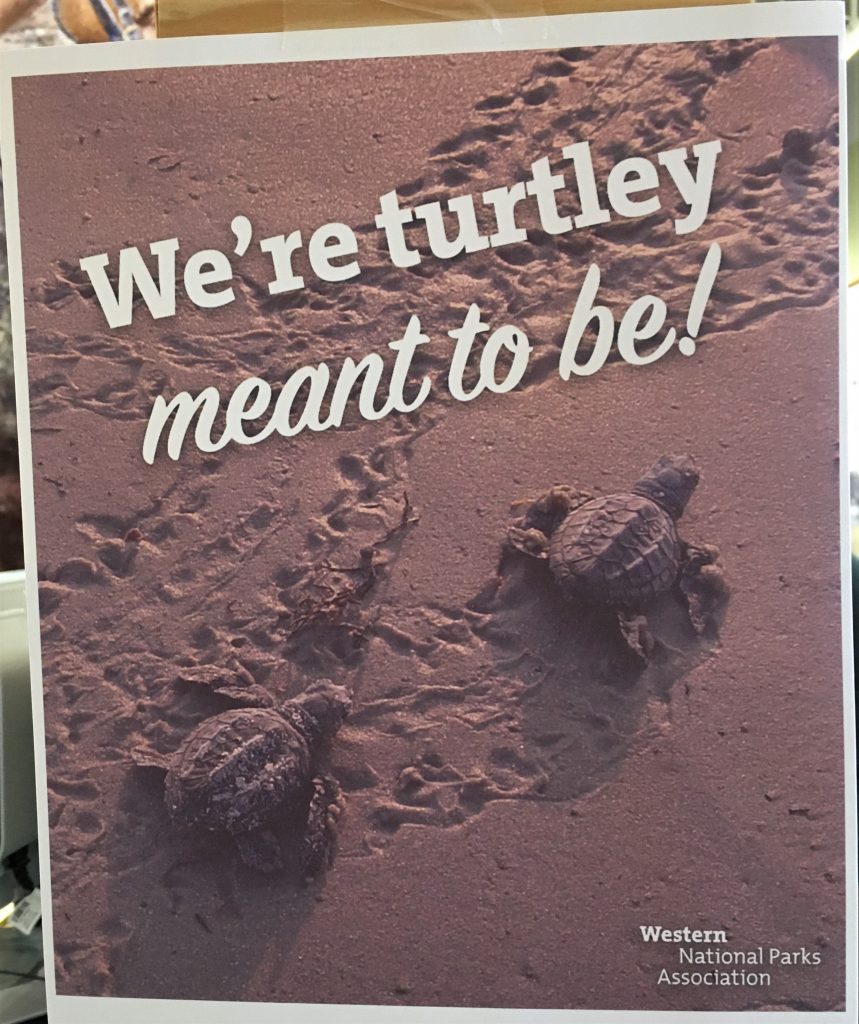

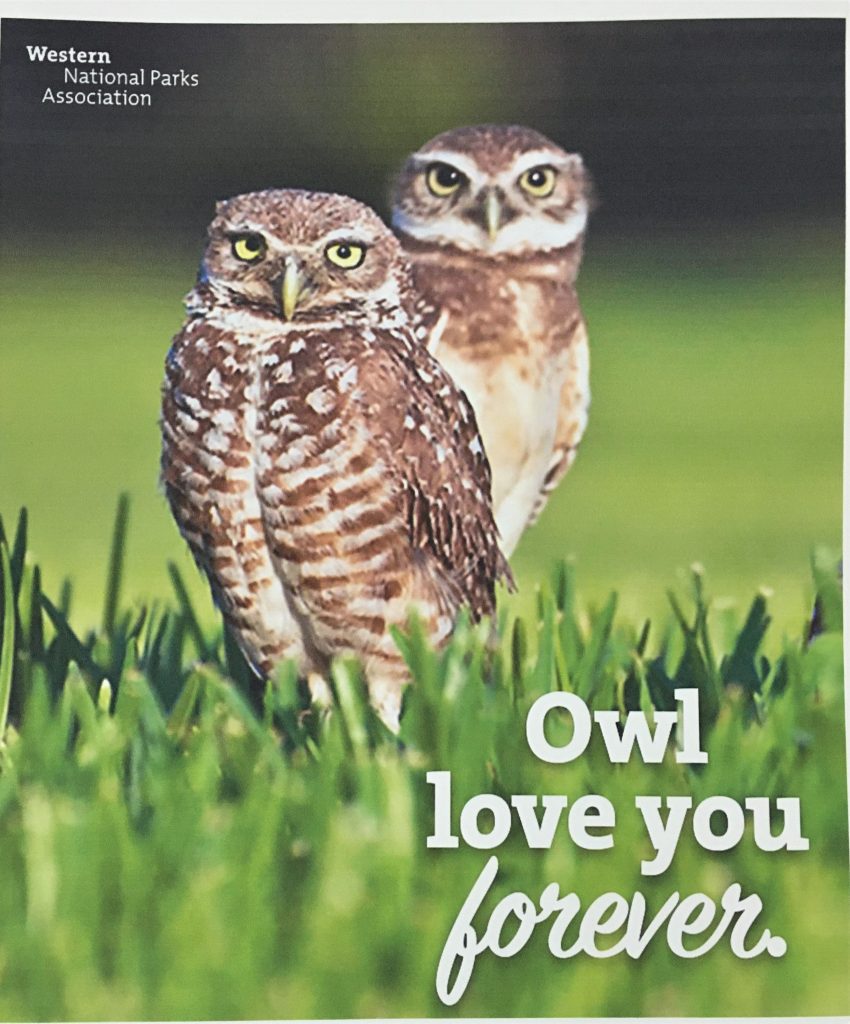


Here’s the recipes I promised:
1905 Salad Ingredients:
4 cups iceberg lettuce, broken into 1 ½” × 1 ½” pieces
1 ripe tomato, cut into eighths
½ cup baked ham, julienned 2″ × ⅛” (may substitute turkey or shrimp)
½ cup Swiss cheese, julienne 2″ × ⅛”
½ cup pimiento-stuffed green Spanish olives
“1905” Dressing (see recipe below)
¼ cup Romano cheese, grated
2 tablespoons Lea & Perrins Worcestershire Sauce®
1 lemon
Salad Preparation
Combine lettuce, tomato, ham, Swiss cheese and olives in a large salad bowl. Before serving, add “1905” Dressing, Romano cheese, Worcestershire and the juice of 1 lemon. Toss well and serve immediately. Makes 2 full salads or 4 side salads.
“1905” Dressing Ingredients
½ cup extra-virgin Spanish olive oil
4 garlic cloves, minced
2 teaspoons dried oregano
⅛ cup white wine vinegar (or substitute rice vinegar)
Salt and pepper to taste
Salad Dressing Preparation
Mix olive oil, garlic and oregano in a bowl with a wire whisk. Stir in vinegar, gradually beating to form an emulsion, and then season with salt and pepper. For best results, prepare 1 to 2 days in advance and refrigerate.
12-16 new potatoes, unpeeled (or substitute canned ones)
4 strips bacon, chopped and crisped
1 C. green pepper, chopped
2 T. olive oil
3 cloves garlic, minced
½ t. black pepper (to taste)
1 ½ t. cumin
¾ C. green onion, chopped
½ C. sharp cheddar cheese (shredded)
½ C. Monterrey Jack cheese (shredded)
If using raw potatoes, boil 15-20 minutes or until they’re fork tender. Drain. Meanwhile, crisp the bacon and remove the bacon, but not the oil. Add the green pepper and sauté until tender. Add the garlic and sauté an additional minute.
Lightly grease a baking sheet (a flat pan with raised edges). Arrange the cooked potatoes on the pan. Spray the bottom of a coffee cup or glass with Pam, and use it to smash the potatoes until they’re crushed and flattened in a thin layer. Crush – don’t mash. “They should look like you dropped them on the floor, NOT like you ran over them with your SUV!”
Drizzle liberally with olive oil and sprinkle with seasonings to taste. Top with green pepper, onion and bacon. Evenly spread the cheese over the top.
Place under the broiler at the low setting. Heat until potatoes are re-heated and the cheese melts, or you can heat them up in the oven.
CUBAN PORK TENDERLOIN
1# pork tenderloin
1/3 C. olive oil
3 T. white vinegar
3 T. McCormick Gourmet Cuban Seasoning (or make your own, see below)
Preheat oven to 450 degrees.
Mix oil, vinegar and seasoning in a small bowl. Place pork in large resealable plastic bag or glass dish. Add marinade; turn to coat well. Refrigerate 30 minutes or longer for extra flavor. Overnight is best.
Remove pork from marinade. Place in shallow roasting pan. Discard any remaining marinade.
Bake 20 to 25 minutes or until pork is cooked through. Let stand 5 minutes before slicing.
To Grill Pork Tenderloin: Grill pork over medium heat 15 to 20 minutes or until desired doneness, turning occasionally.
HOMEMADE SEASONING: (I have to use this because I’ve never found McCormick’s – or anyone else’s – at the grocery store.)
2 tablespoons of kosher salt
3 tablespoons of granulated garlic
1 tablespoon oregano
2 tablespoons onion powder
1 tablespoons cumin
1 tablespoons black pepper
1 ½ tablespoons dried lime zest
1 tablespoons dried parsley
Mix together. Use 3 T. for your marinade and store the rest for future use. It should keep for at least 6 months.
